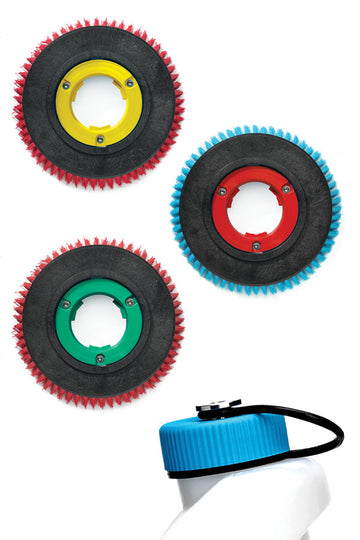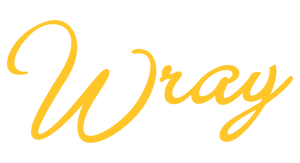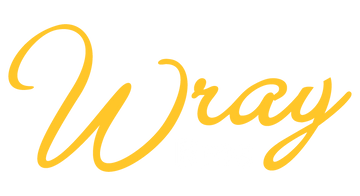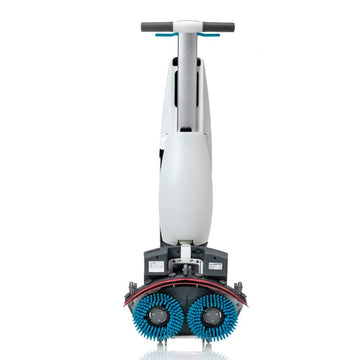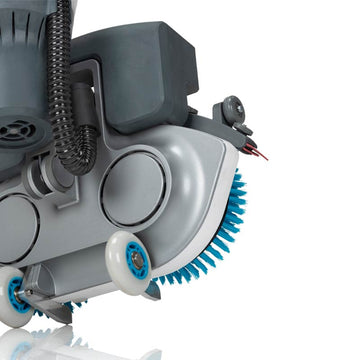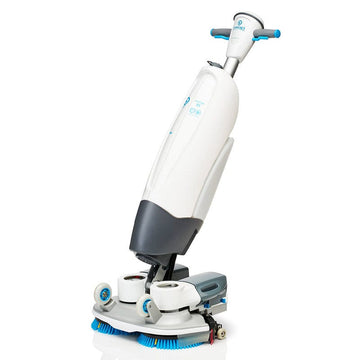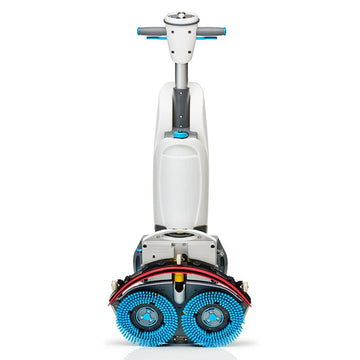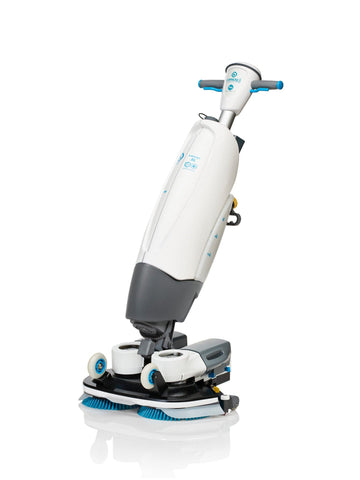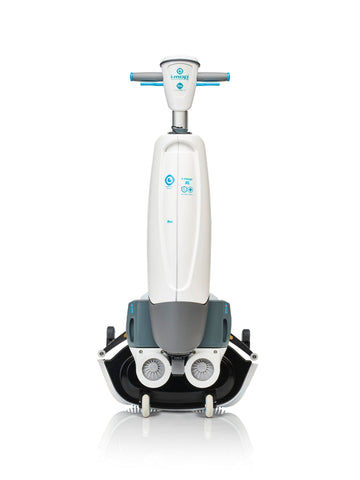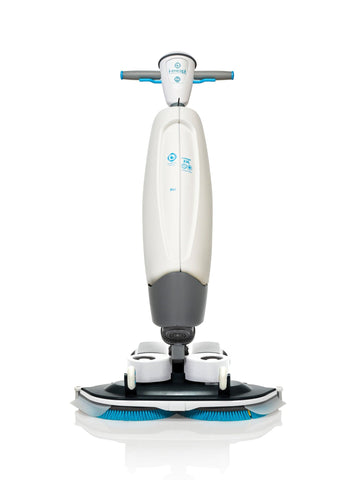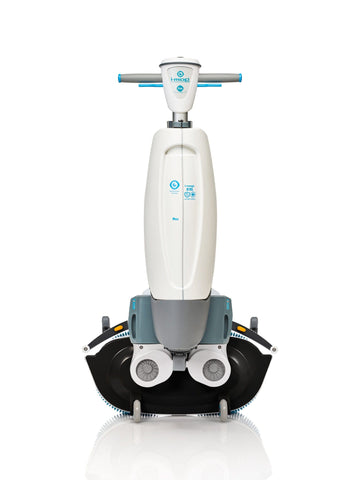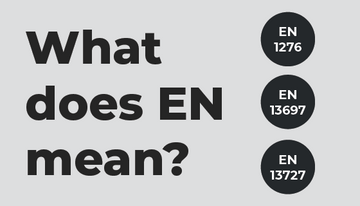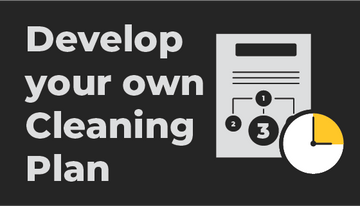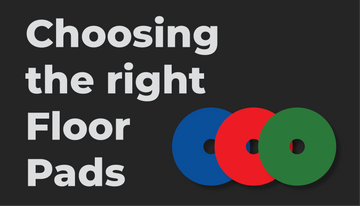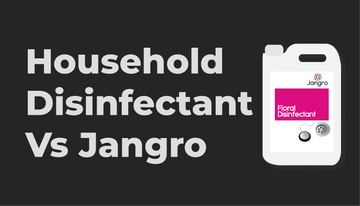Top 5 features of the i-mop
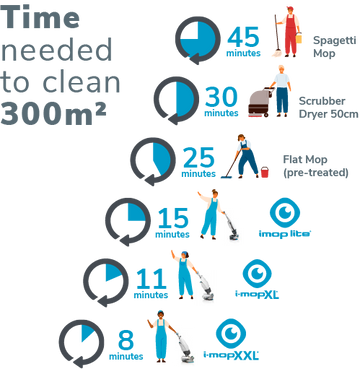
1. Faster
- Each version of the i-mop is proven to be faster in floor cleaning comparisons.
- Cleans up to 6 times faster than conventional wet mopping.
- Cleaning capacity of up to 2300m2 per hour.
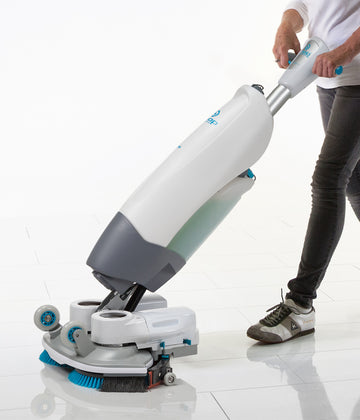
2. Cleaner
- Conventional walk behind scrubbers typically have 1 brush. The i-mop has 2 brushes which allows the bristles to contour more easily into the deeper recesses of the floor.
- Powerful twin counter-rotation 350rpm brushes designed for efficient cleaning and soil removal.
- Validated by ATP test data reflecting up to 90% cleaner surfaces.
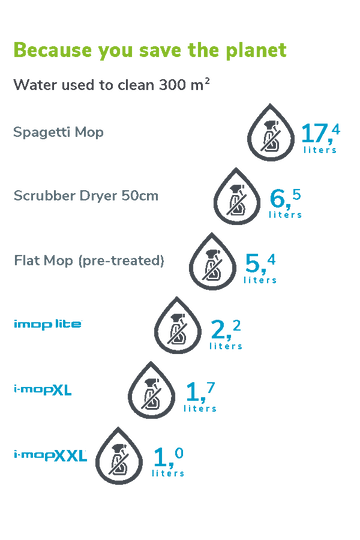
3. Water Efficient
- Make every ounce of chemical and every drop of water count. Proven to reduce environmental impact by over 75%.
- On average the i-mop uses 20% less energy per m2 compared to a scrubber dryer.
- The i-mop XL uses 10% of the water that can be used with traditional mopping techniques.
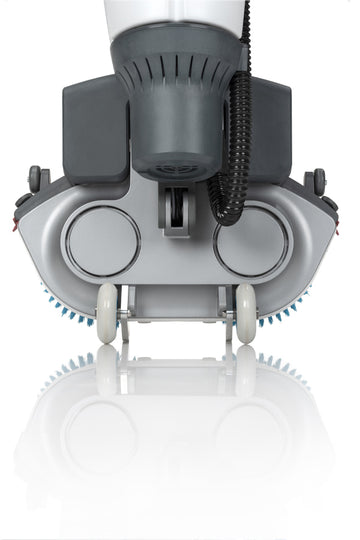
4. Safety First
- Floors that dry almost instantly. Reduce slip and fall hazards which is proven by standardised slip test readings of 120 or less.
- The i-mop helps prevent slips trips and falls by eliminating the bucket of water that could be left out when using conventional mopping techniques.
- When mopping with a spaghetti mop, the floor can remain wet from 5 to 15 minutes (sometimes longer). This is called hazard time.
- Compared to the 'hazard time' of conventional mops, the i-mop reduces slip and fall risk by 95%.
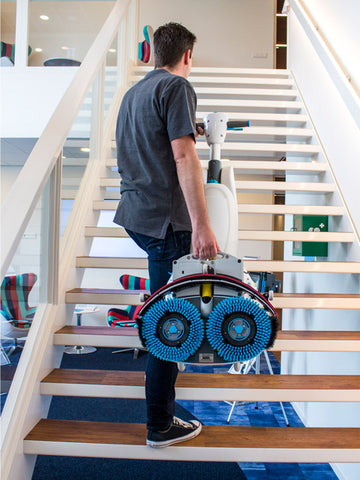
5. Design
- Battery powered, which allows for ease of movement. The batteries can also be used with other corresponding i-team products.
- The i-mop range cleans fast and thoroughly, resulting in a cleaner and healthier environment for everyone.
- Thanks to its unique design the imop is incredibly easy to move around. even up a flight of stairs!
Giving back to society
According to The World Health Organisation, 1 in 3 people globally do not have access to safe drinking water.
The i-mop which is already designed to reduce the amount of water used in the cleaning process also helps by providing water where people need it most.
How does the i-mop help?
When you buy an i-mop the equivalent of 18 litres of water per day is given to the Made Blue Foundation. This contribution runs for a period of 3 years after the i-mop is purchased. This is the equivalent to almost 20,000 litres of water!
The made blue foundation creates lasting change by funding water projects in countries that need it most.
Colour Coding
As you may have seen from our other articles, Wray Bros are advocates for colour coded cleaning supplies as it's a necessary practice to prevent cross contamination.
Typically, colour coding is virtually non existent in floor scrubbers. Except for the i-mop XL and i-mop XXL.
The imop's accessories are designed in accord with HACCP colour coding standards to allow segregation of different brushes and tanks for different areas.
The i-mop XL and i-mop XXL can be fitted with our colour coded brush rings which attach to the brushes and floor pad drivers of your machine.
